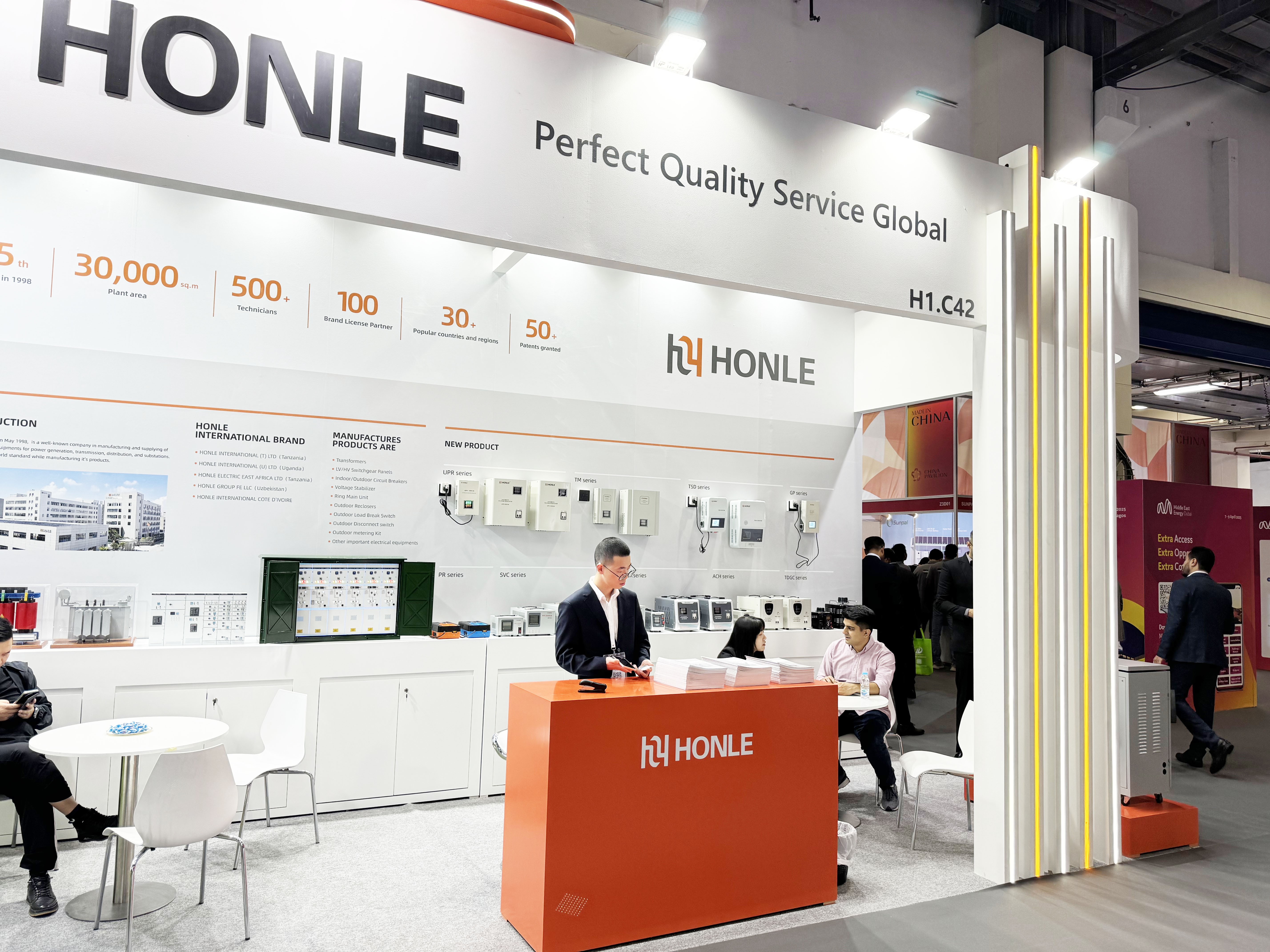What is Oil-immersed transformer?

 Site Editor
Site EditorOil transformer is a common type of power transformer. It uses insulating oil to cool and insulate the internal components of the transformer.
Oil-immersed transformers consist of two or more coils (primary and secondary windings) and an iron core. These coils and cores are soaked in insulating oil to maintain their cooling and insulating properties.
Insulating oil plays an important role in oil-immersed transformers. It not only effectively cools the internal components of the transformer, but also provides insulation protection from arcing and discharge. At the same time, insulating oil also has good electrical insulation performance and stability, and can work stably for a long time in high temperature environments.
Oil-immersed transformers are widely used in power transmission and distribution systems, industrial equipment, construction and other fields. They are often used to transform and regulate voltage to suit the needs of different power systems. The capacity of oil-immersed transformers ranges from a few kilowatts to hundreds of megawatts, and the specific specifications and models are determined according to actual needs.

How does an oil-immersed transformer work?
The working principle of oil-immersed transformer is based on electromagnetic induction and transformer principles.
When AC current from the input power supply passes through the main winding, the resulting magnetic field creates magnetic flux in the iron core. This flux passes through the adjacent secondary winding, causing another voltage to be induced in the secondary winding.
Specifically, when the current in the main winding changes, it creates an alternating magnetic field. This alternating magnetic field causes the ferromagnetic material in the core to undergo magnetization and demagnetization processes. This process creates a potential difference in the secondary winding, causing the current in the secondary winding to change accordingly.
According to the principle of a transformer, the transformation ratio between the primary and secondary windings is determined by the turns ratio of the windings. If the number of turns of the main winding is larger than that of the auxiliary winding, the output voltage will decrease; conversely, if the number of turns of the main winding is smaller than that of the auxiliary winding, the output voltage will increase.
In oil-immersed transformers, insulating oil plays an important role. First, the insulating oil cools the internal components of the transformer and keeps its operating temperature within a safe range. Secondly, insulating oil has good insulation properties and can prevent arcs and discharges.
In summary, the working principle of an oil-immersed transformer can be attributed to converting the voltage of the input power supply into the required output voltage through electromagnetic induction between the primary and secondary windings under the cooling and insulation protection of insulating oil.
How to choose a suitable oil-immersed transformer?
1. Load type and load power
Select the rated capacity of the transformer according to the load type and load power. If the load is a peak load such as a motor or a frequency converter, a transformer with a larger overload capacity needs to be selected.
2. Input voltage and output voltage
Select the corresponding transformer model according to the input voltage and output voltage requirements.
3. Environmental conditions
The transformer needs to be placed in a ventilated, dry, dust-free, and non-corrosive gas environment to avoid being affected by water, moisture, dust, etc. Select transformers with special requirements such as corrosion resistance, moisture-proof, and explosion-proof according to the actual situation.
4. Service life and maintenance cost
Choose the appropriate product based on the service life and maintenance cost of the transformer. Generally speaking, products with high brand awareness, mature technology, and easy maintenance are more reliable.
5. Safety performance
Choose a transformer with good safety performance such as overload and short-circuit protection to ensure the safety of equipment and personnel.
6. Price
Choose the right product according to your budget. Don’t just consider the price and ignore the quality and reliability of the product.








